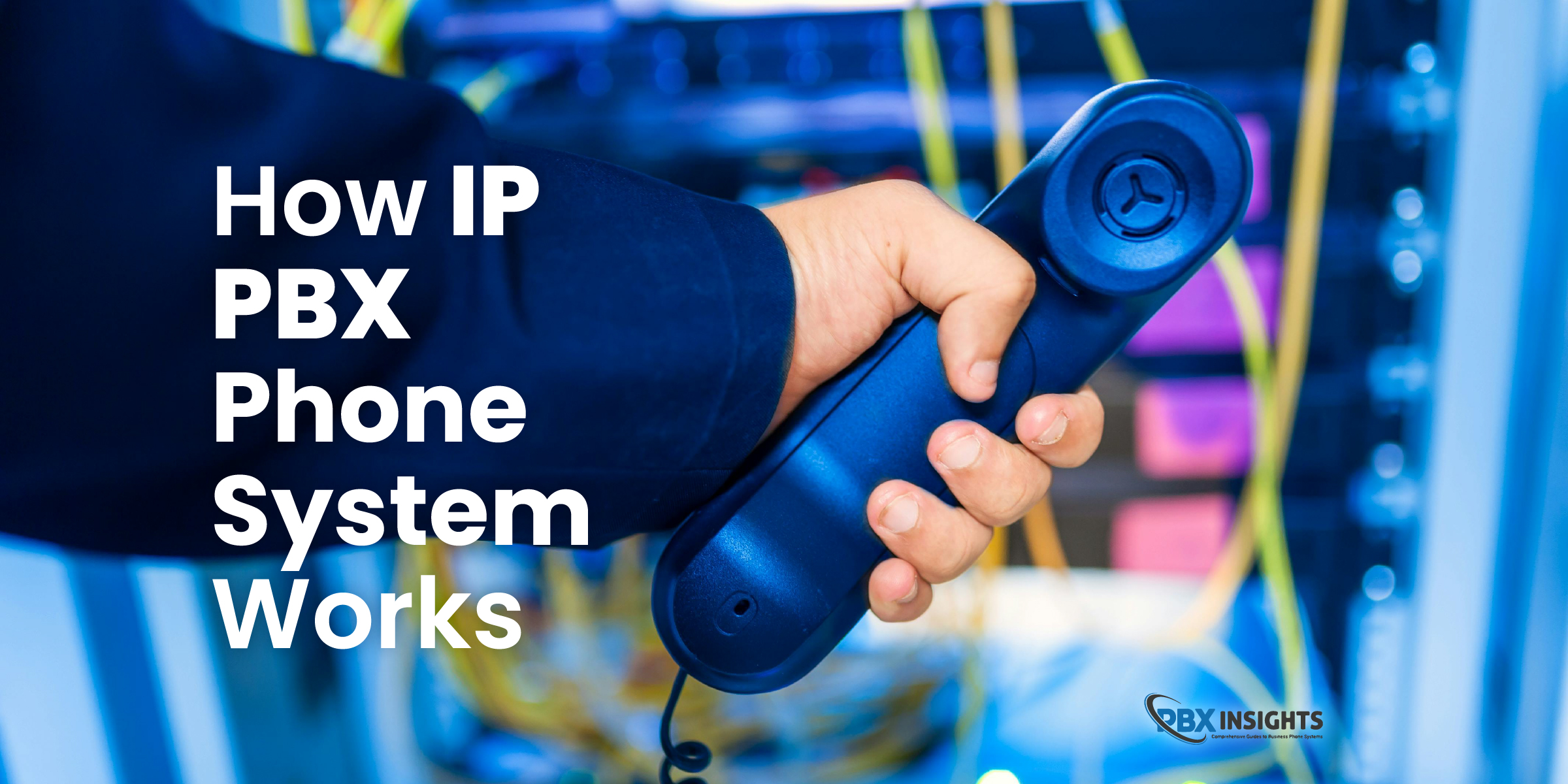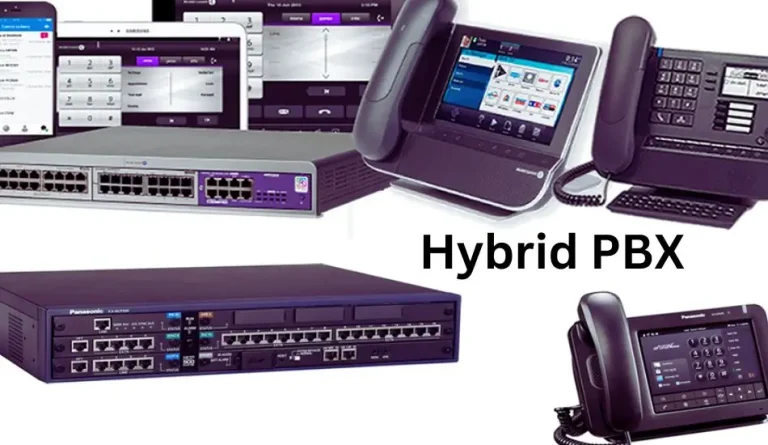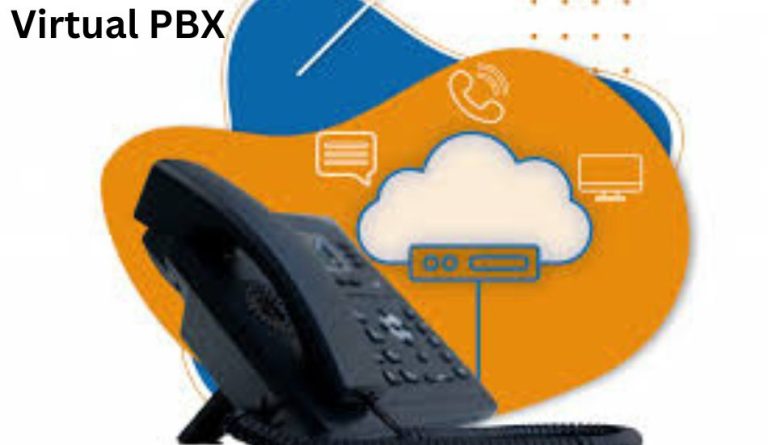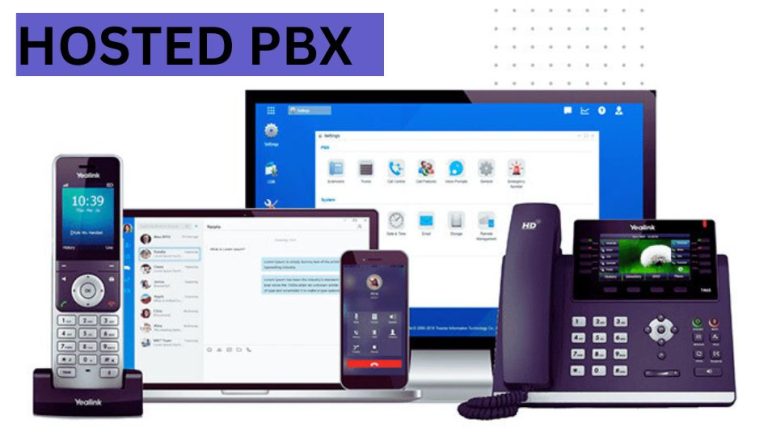What is IP PBX? A Comprehensive Guide to Modern Communication Solutions
Introduction to IP PBX Communication is the heart of the business, and for every kind of enterprise, a proper communication structure is a necessity. This includes small businesses as well as large multinational companies. This is brought forth by the Internet Protocol Private Branch Exchange PBX. Let’s go deeper into what IP PBX is, how…
Introduction to IP PBX
Communication is the heart of the business, and for every kind of enterprise, a proper communication structure is a necessity. This includes small businesses as well as large multinational companies. This is brought forth by the Internet Protocol Private Branch Exchange PBX. Let’s go deeper into what IP PBX is, how it is used, and why this piece of technology is changing the face of business communication.
What is IP PBX?
IP PBX explained
IP PBX (Internet Protocol Private Branch Exchange) replaces the more traditional telephone systems in the sense that it allows for the handling of internal and external telephone calls over an internet protocol network instead of doing so over analogue telephone lines. It combines the features of regular PBX teleportation with voice over the internet protocol, thus eliminating communication problems.
How it Differs from Traditional PBX Systems
However, IP PBX is not tethered to a physical copper wire, as a connection is internet-based, thus providing more flexibility and cheaper cost, furthermore enhancing the system’s scalability. Such systems are mostly expensive and require a lot of resources for them to function properly, as one would use a lot of PBX systems and frameworks for the same purpose, instead of this more efficient and barebones Internet Protocol Private Branch Exchange system.
Why Businesses are Adopting IP PBX
Scalability
With every advancing business model, there come more complications, now including things such as IP PBX systems, as they have shown to be perfect for growing companies due to their elasticity. These systems allow for there to be added or subtracted users with relative ease and no significant strains on the infrastructure.
Cost-Efficiency
Businesses can reduce their expensive phone bills by using IP PBX. VoIP technology significantly lowers the cost of long-distance and international calls.
How IP PBX Works
Key Components of an IP PBX System
- Hardware and Software: Includes the server, VoIP gateways, and system software.
- VoIP Phones: Digital phones that connect via the internet.
- Internet Connectivity: A stable broadband connection is essential for seamless operation.
Call Routing in IP PBX
IP PBXs use SIP (Session Initiation Protocol) technology to intelligently route calls. With automated attendants and call queues, the system guarantees effective handling of both internal and external calls.
Features of IP PBX
Integrated Interaction
For better teamwork, integrate chat, video, and audio on a single platform.
Automatic Attendance
a virtual receptionist that answers calls automatically and routes them to the right departments or people.
Call Logging and Tracking
This tool, which captures discussions and tracks calls in real time, is perfect for training and quality assurance.
Video Conference Features
Video conferencing is supported by sophisticated IP PBX systems, which makes holding meetings remotely simpler than before.
Benefits of IP PBX for Businesses
Increased Efficiency
Employee time is freed up by features like phone queues and auto-attendants, allowing them to concentrate on their primary responsibilities.
Decreased Expenses of Communication
Reduce call costs and do away with costly phone lines, particularly for international conversations.
Remote Access and Mobility
Even when they’re not in the office, workers can stay connected with their computers or smartphones.
Simple Integration with Current Frameworks
Easily integrate with ERP and CRM software to optimize business procedures.
IP PBX vs. Cloud PBX
Key Differences
Although VoIP is used by both systems, Cloud PBX runs in the cloud, while IP PBX is housed on-site. Depending on the needs of the organisation, each offers special advantages.
Advantages and Disadvantages of Each
- IP PBX: Offers full control but requires maintenance.
- Cloud PBX: Low maintenance but depends on internet reliability.
Setting Up an IP PBX System
Requirements for Installation
- Hardware: VoIP phones, servers, and gateways.
- Software: Internet Protocol Private Branch Exchange software and configuration tools.
Step-by-Step Setup Guide
- Install and configure the software.
- Connect VoIP phones and other hardware.
- Test call routing and system functionality
Security in IP PBX
Common Security Threats
- Phishing attacks
- Unauthorized access
- VoIP hacking
Best Practices to Secure Your System
- Regular software updates
- Strong firewalls and encryption
- Access control policies
Choosing the Right IP PBX System
Factors to Consider
- Business Size: Choose a system that scales with your needs.
- Budget: Evaluate total cost of ownership, including installation and maintenance.
- Features: Look for functionalities like video conferencing and CRM integration.
Top Internet Protocol Private Branch Exchange Providers
Explore trusted names like Cisco, Avaya, and 3CX for reliable solutions.
Conclusion
IP PBX systems are transforming how businesses communicate. With its cost-effective, scalable, and feature-rich design, it’s no surprise that companies of all sizes are making the switch. Embrace Internet Protocol Private Branch Exchange today and future-proof your communication strategy.
.







